Renegade Denim: Jeans as the Cornerstone of the Rebel’s Wardrobe
While researching for my recently published book, The Rebel’s Wardrobe: The Untold Story of Menswear’s Renegade Past, I was struck by the outsized role that denim has played in the development of rebel styles.
While researching for my recently published book, The Rebel’s Wardrobe: The Untold Story of Menswear’s Renegade Past, I was struck by the outsized role that denim has played in the development of rebel styles. As I traced the long and complex story of rugged menswear and the rebellious icons who changed style forever, I found myself detouring through dozens of subcultures. With each encounter, it became clearer and clearer: the history of rebel style doesn’t just intersect with the history of denim; it runs in parallel, often in the same track. Subcultures are a phenomenon of the twentieth and twenty-first centuries, a product of the ongoing power struggle between conservative and progressive forces, usually embodied in the older and younger generations. While fashion renegades existed long before the twentieth century (Beau Brummel, Lord Byron, and Oscar Wilde all spring to mind), the style and music-driven subcultures of the twentieth century were rarely driven by specific individuals. Rather, they were movements with often-diverse memberships connected by shared tastes and values. Whether the clothes were root or branch of the subculture, they became an all-important signifier for those who wanted to set themselves apart from the mainstream and, at the same time, find a sense of belonging among those who shared their affinities. Andrew Lucke, author of Cool: Style, Sound, and Subversion, cites the flappers as the earliest example of a prominent subculture. With unique jargon (“the cat’s meow” and “necking”), a distinct style (knee-length shift dresses and cloche hats), and an irrepressible affection for American jazz, the flappers flaunted their freedom by drinking, smoking, and enjoying the nightlife (in all its permutations).

As Luecke notes, the stock market crash of 1929 and the ensuing depression “made flapper optimism and excess obsolete,” but the die was cast. Subcultures began to multiply, especially as big band swing caught fire in Harlem dance halls in the late ‘20s and then spread to Europe, inspiring the anti-Nazi swing-jugend in Germany and the equally anti-fascist zazous in Paris. The inevitable intersection of subcultures and denim was just around the corner. Shortly after the United States joined WWII, jeans started to make their first appearance on American campuses. In 1944, Life ran a feature on Wellesley, a women’s liberal arts college in New England, that featured pictures of young women in what the authors referred to as the “sloppy” look. The girls wore bobbysox and loafers or saddle shoes. Instead of the then-popular circle skirts (the poodle skirt being the favorite) they wore cuffed jeans (mostly Levi’s).
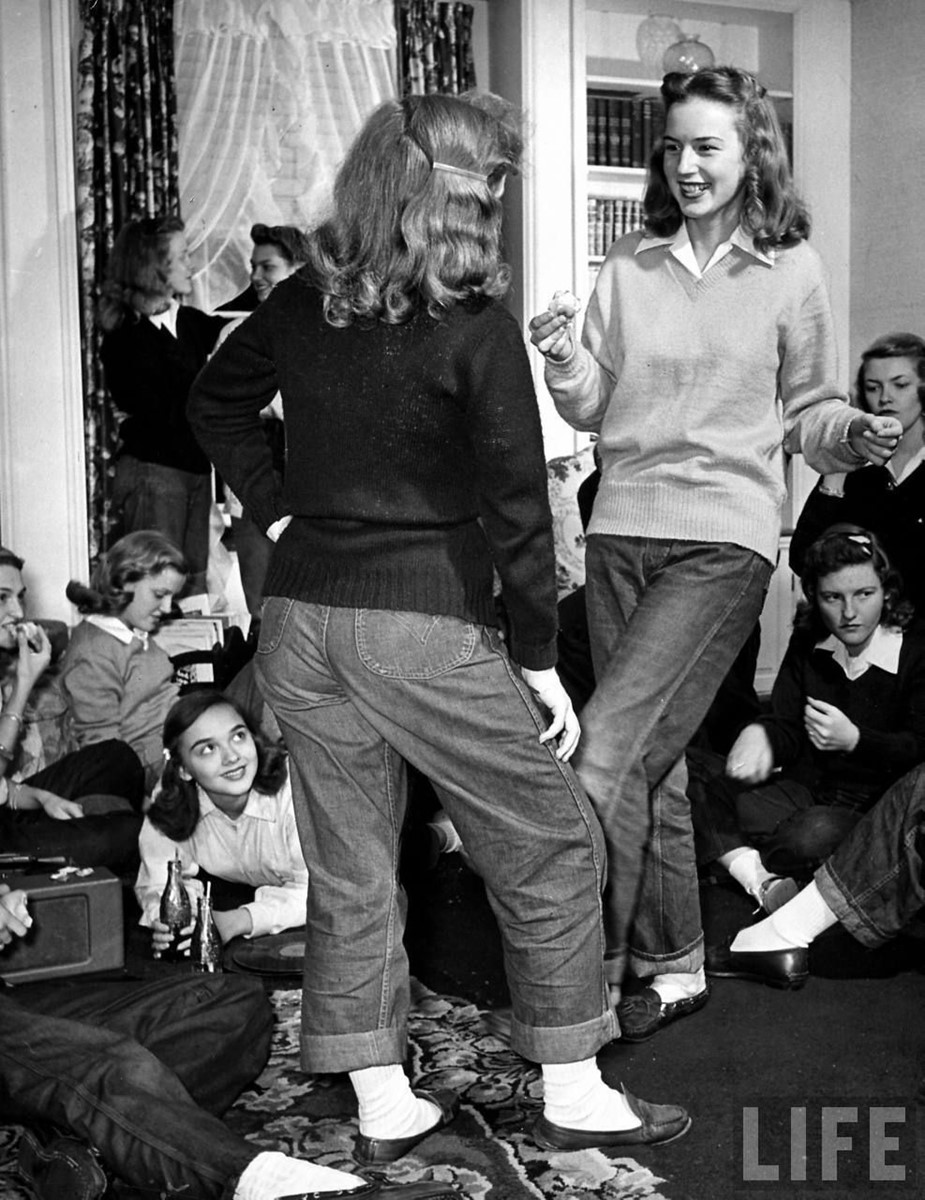

The unladylike look ruffled feathers and put necks out of joint, but the rise of jeans among women shouldn’t have surprised anybody. Denim was already a popular fabric among homemakers. During the war, ground-breaking American designer Claire McCardell, who had been incorporating elements of menswear into her designs since the ‘30s, had turned denim into a staple of wartime womenswear.
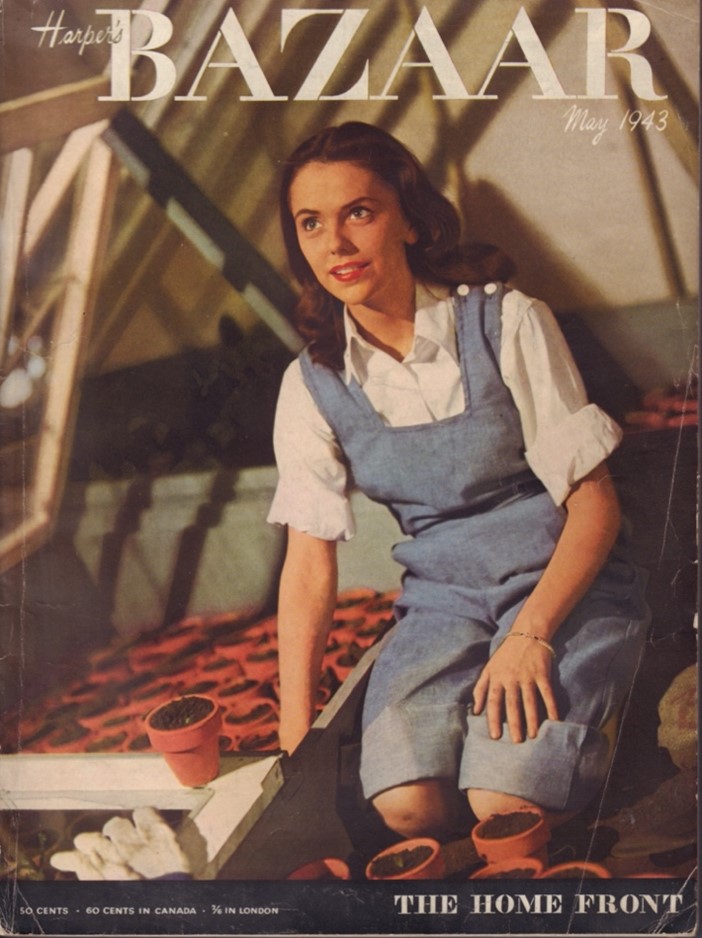
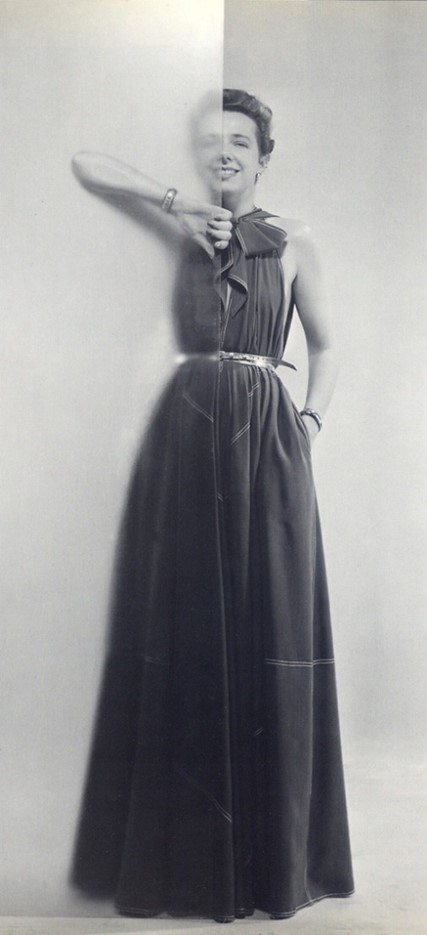
And it wasn’t just the feminine cut of McCardle’s designs that made denim palatable. Denim coveralls, which blurred distinctions between male and female bodies, had, of course, played a starring role in American wartime art and propaganda. It was, along with khaki, the heroic fabric par excellence, and iconic American artist Norman Rockwell had made it clear that denim-clad women on the factory floors were exemplars of American strength (rippling biceps and all).

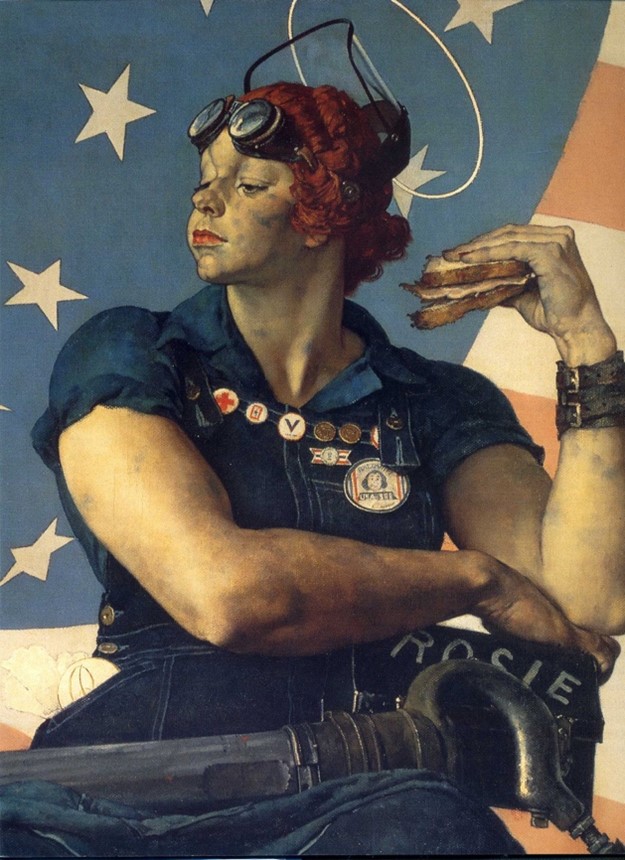
It seems that the rebellious act was the wearing of jeans outside of the spheres in which they had been deemed appropriate or even necessary. Women could wear denim in the factories or in suburban back yards, and the rich could even wear jeans while role playing on dude ranches, but on America’s high school and university campuses, jeans represented a more serious threat to the established patriarchal order. They were a direct affront to the idea that men “wear the pants.” The denim-loving bobbysoxers would be the first young people who would use jeans to thumb their nose at the established order. They would not be the last. After the war, the returning veterans brought denim with them. Many of them were reluctant to give up their jeans, which had become a key distinguishing feature of American GIs abroad. Many had gotten a taste of high-octane thrills on the backs of Army-issued motorcycles, and they’d experienced a level of daring and manly camaraderie that the conventional American homes and workplaces simply couldn’t offer.
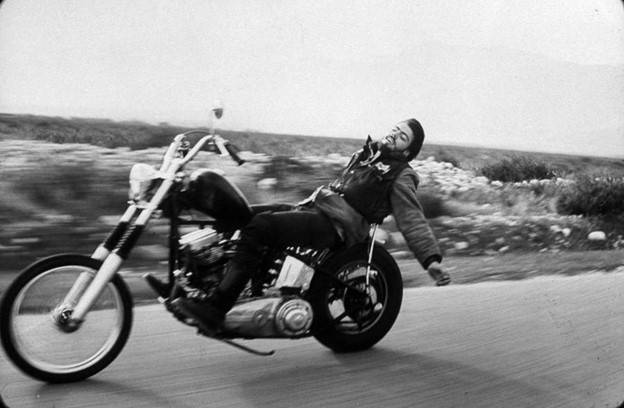
While many of the returning soldiers left their denim at the front door and joined the rat race, other kicked over the traces. Bucking authority and the pressure to conform, they joined outlaw motorcycle clubs, where they found an intoxicating mixture of testosterone, gasoline, and the thick blood of brotherhood. It was the birth of one of America’s most lasting and influential subcultures. Built on a foundation of absolute freedom and an immediately recognizable yet highly individualised laid-back style, it gathered momentum and converts as it rolled down the interstate. First the print media and then Hollywood tried to paint the motorcyclists as a menace to society, but the publicity and pearl-clutching only added fuel to the fire. The rebel couldn’t be contained—and neither could his style. Jeans, tees, boots, and denim and leather jackets rose above the level of subculture to become the dominant youth style of the ‘50s—still the most quintessentially American style, and arguably the most influential casual style of the millennium.
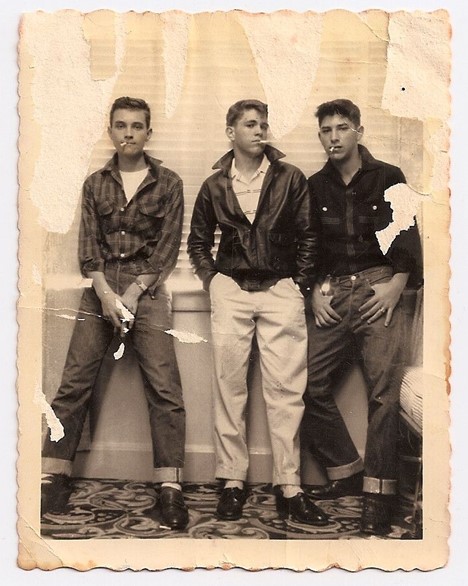
In the decades that followed, jeans slowly lost their status as a key marker of difference as they became became as ubiquitous as microwave ovens. However, they never lost—not entirely at least—their rebellious spirit. There seems to be something essentially defiant about denim. Perhaps it is through long association with iconic rebels of the stage and screen, but perhaps it is something woven into the fabric itself, something in the way it absorbs rather than reflects the light, pulling us inward; something in the way it scores and scuffs across the hips, drawing the eye to the pelvis; something in the way that, as a fashion force, it cannot be kept down. Like the rebel, denim is irrepressible—something that has been understood by generation after generation of subcultures. From greasers and grungers to hipsters and hypebeasts, denim is always there, albeit in different forms. Scratch the surface of nearly any subculture and your hands will come away blue.
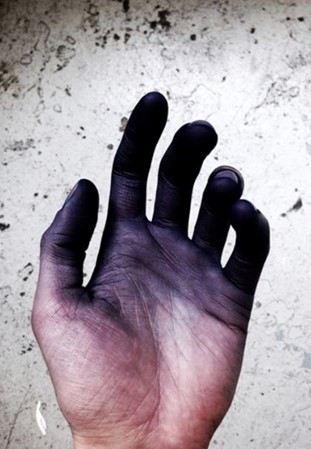
The Rebel’s Wardrobe is now available for order from the publisher below link.
Renegade Denim: Asi Modasının Yıldız Parçası Jeanler
Yakın zamanda yayınlanan kitabım The Rebel's Wardrobe: The Untold Story of Menswear's Renegade Past için araştırma yaparken denimin asi modasının gelişiminde oynadığı büyük rol beni çok etkiledi. Kural tanımaz erkeklerle özdeşleşen modanın uzun ve karmaşık hikayesiyle bu trendde kalıcı olarak izini bırakan asi ikonların izini sürerken, kendimi onlarca alt kültür arasında dolaşırken buldum. Bu alt kültürleri incelerken bir şey kafamda daha da netleşti: Asi erkek modası tarihi ile denim tarihi kesişmekle kalmıyor, aynı zamanda paralel ilerliyor. 20. ve 21. yüzyıla ait bir olgu olan alt kültürler, muhafazakar eski nesiller ve ilerici yeni nesiller arasında gerçekleşen güç mücadelesinden doğmuştur. Asilerle özdeşleşen modanın temsilcileri aslında 20. yüzyıldan çok daha önce var olsa da (Beau Brummel, Lord Byron ve Oscar Wilde akla ilk gelenler) bu yüzyılın tarz ve müzik odaklı alt kültürlerine belli başlı kişilerin yön verdiği pek söylenemez. Aksine bu alt kültürler, ortak zevkler ve değerlere sahip, genellikle farklı sosyal çevrelerden kişileri bir araya getiren hareketlerdi. Alt kültürlerin ister bir parçası ister temeli olsun, kıyafetler kendisini ana akımdan ayırmak ve aynı tutkulara sahip kişiler ile aidiyet duygusunu paylaşmak isteyenler için çok önemli bir simge haline geldi. Cool: Style, Sound ve Subversion adlı kitabın yazarı Andrew Lucke, flapperları yaygın alt kültürlerin en eski örneklerinden biri olarak gösteriyor. Kendilerine özgü jargonları (güzel buldukları şeyler için kullandıkları “kedi miyavlaması” ve öperek ve okşayarak sevgi gösterme eylemi için kullandıkları "necking") ve Amerikan cazına karşı duydukları sonsuz hayranlıkla flapperlar, içki ve sigara içerek ve gece hayatının tadını çıkararak (her açıdan) özgürlüklerini yaşadılar.

Luecke'nin belirttiği gibi, 1929'daki ekonomik buhran ve ardından gelen depresyon “flapperların iyimserliğinin ve aşırılığının sonunu getirdi” ama ok bir kere yaydan çıkmıştı. Başka alt kültürler daha ortaya çıkmaya başladı. Özellikle 20'lerin sonlarında Harlem'deki dans salonları deyim yerindeyse alev almıştı ve bu ateş Avrupa'ya da yayılarak Almanya'daki Nazi karşıtı swing-jugend'e ve Paris'te benzer bir akım olan faşizm karşıtı zazous'a ilham verdi. Bu noktada alt kültürlerin ve denimin yollarının kesişmesi an meselesiydi. Amerika Birleşik Devletleri İkinci Dünya Savaşı'na katıldıktan kısa bir süre sonra jeanler Amerikan kampüslerinde ilk kez boy göstermeye başladı. 1944 yılında Life dergisi, New England'da yer alan bir kadın liberal sanatlar üniversitesi olan Wellesley'de yazarların "özensiz bir görünüme sahip" olarak adlandırdığı genç kadınların fotoğraflarını içeren bir makale yayımladı. Fotoğraflardaki kadınlar; kısa çoraplar, makosen ya da eyer ayakkabılar ile o zamanlar popüler olan daire etekler (en sevileni ise poodle etekti) yerine paçaları kıvrılmış jeanler (çoğunlukla Levi's marka) giyiyordu.


Bu kadınsı olmayan görünüm rahatsızlığa sebep oluyor, deyim yerindeyse tüyleri diken diken ediyordu. Ancak jeanlerin kadınlar arasında popülerleşmesi o kadar da sürpriz bir durum sayılmazdı. Denim, ev hanımları arasında halihazırda popüler bir kumaştı. 1930'lardan beri erkek giyim unsurlarını tasarımlarına dahil eden yenilikçi Amerikalı tasarımcı Claire McCardell, savaş yıllarında denimi kadın modasının bir parçası haline getirmişti.
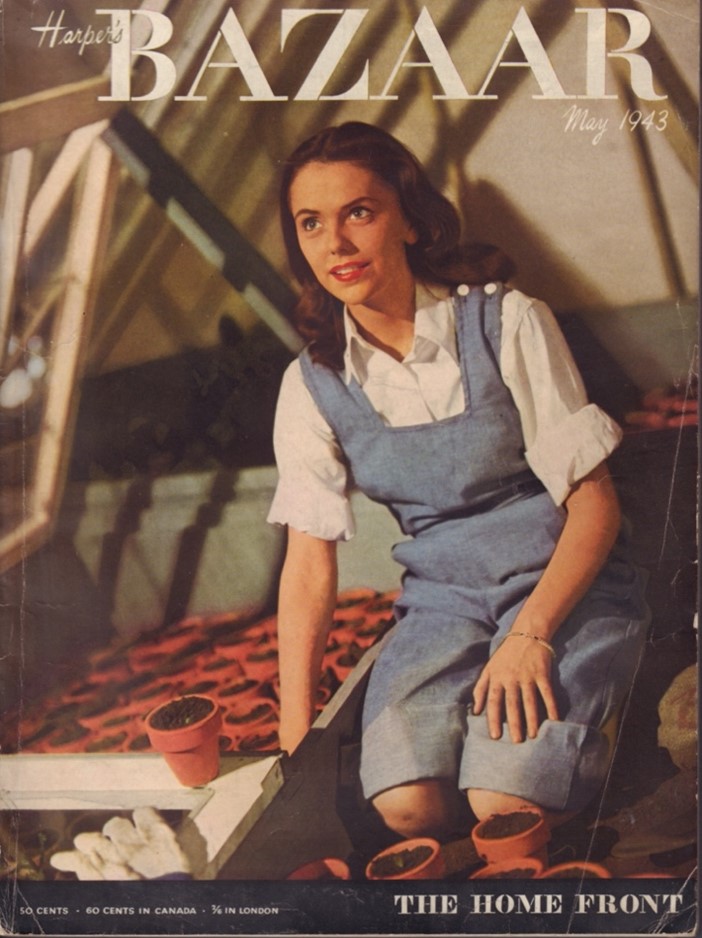

Denimi çekici kılan sadece McCardle'ın tasarımlarının feminen görünümü değildi. Erkek ve kadın modası arasındaki çizgiyi bulanıklaştıran denim tulumlar, Amerikan savaş posterleri ve propagandasında başrol oynamıştı. Denim, haki ile birlikte kahramanların tercih ettiği kumaştı. Ünlü Amerikalı sanatçı Norman Rockwell, fabrikaların üretim hatlarında çalışan denimli kadınların, Amerikan gücünün önde gelen örneklerinden olduğunu bile söylemişti (o kadınların sahip olduğu büyük kol kasları da bu fikri destekliyordu).
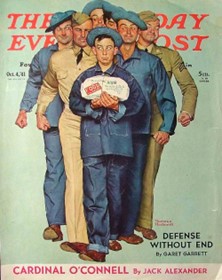
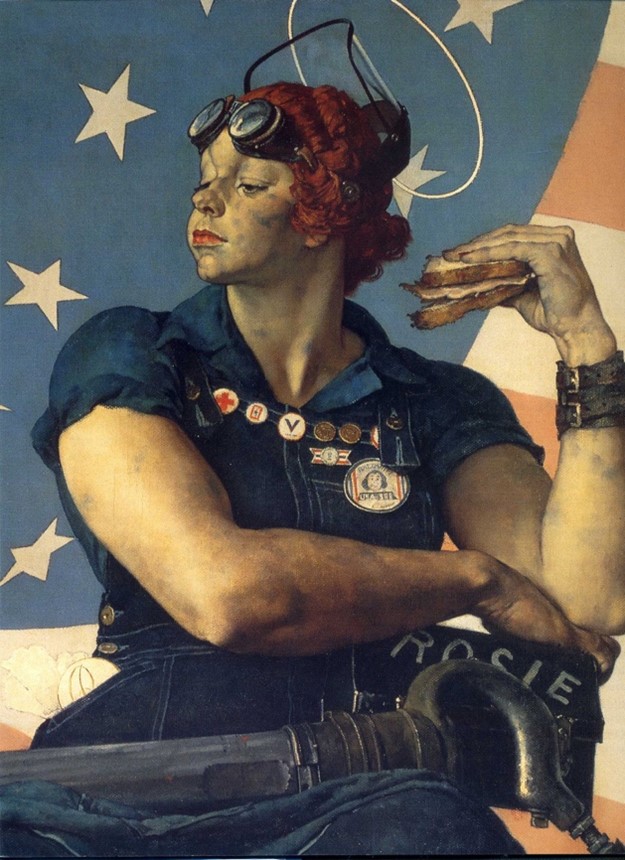
Görünen o ki jean giymenin asi tarafı, bunun uygun ve hatta gerekli görülen alanların dışında giyilmesinde saklıydı. Kadınlar fabrikalarda veya evlerinin arka bahçelerinde denim giyebilirdi ve zenginler çiftliklerinde iş yaparken bile jean giyebilirdi. Ancak jeanler, Amerikan liselerinde ve üniversite kampüslerinde yerleşik ataerkil düzen için ciddi bir tehdit oluşturuyordu. "Pantolonu erkekler giyer" fikrine doğrudan bir muhalefet mevcuttu. Denim tutkunu kısa çoraplı genç kızlar, jeanleri kullanarak bu yerleşik düzene karşı gelen ilk grup olacaktı. Ama bu sadece başlangıçtı. Savaştan dönen gaziler, denim modasını da yanlarında getirdi. Birçoğu, yurt dışındaki Amerikan askerlerini diğerlerinden ayıran jeanlerinden vazgeçmek istemedi. Bu askerlerin çoğu, ordunun onlara tahsis ettiği motosikletin üzerinde Amerika'daki günlük hayatın evde veya iş yerinde sunamayacağı kadar adrenalin dolu tecrübeler yaşamış, sıkı dostluklar edinmişti.

Dönen askerlerin çoğu denimlerini dolaplarına kaldırıp hayat mücadelesine atılırken diğerleri otoriteye baş kaldırmayı tercih etti. Otoriteyi ve mahalle baskısını kırarak maçoluğun, benzin kokusunun ve yoldaşlık hissinin hakim olduğu kanun kaçağı motosiklet kulüplerine katıldılar. İşte bu, Amerika'nın en kalıcı ve etkili alt kültürlerinden birinin doğmasını sağladı. Sonsuz özgürlük ve hemen göze çarpan ama kişiye özgü rahat bir mizaçla nitelendirilen bu alt kültür, kısa zamanda ivme kazandı ve günümüzde dahi birçok eyalette gözle görülür bir şekilde yaygın hale geldi. Önce yazılı basın, ardından Hollywood, motosikletçileri toplum için bir tehdit olarak göstermeye çalıştı ancak bu bedava reklam ve yaygara ateşi körüklemekten başka bir işe yaramadı. Asiler ve onların eşsiz tarzı artık kontrol altına alınamazdı. Jeanler, tişörtler, botlar, denim ve deri ceketler, alt kültürün sınırlarını aşarak 50'li yılların en yaygın gençlik tarzı haline geldi. Günümüzün dahi en Amerikanvari tarzı olan bu akım, aynı zamanda içinde bulunduğumuz bin yılın da muhtemelen en yaygın günlük modası.
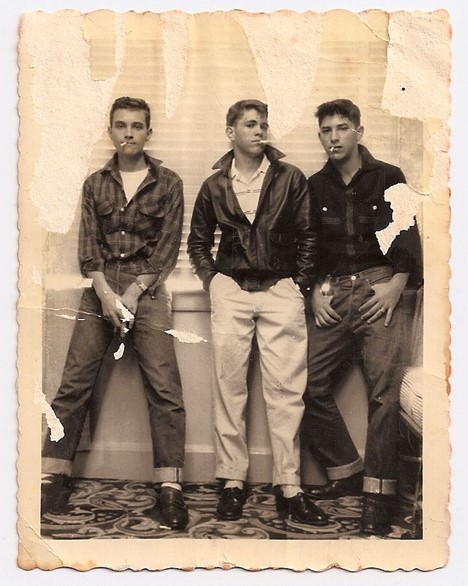
Sonraki yıllarda, jeanler kullanımın ciddi seviyede artmasıyla ayırt edici bir unsur olma özelliğini yavaş yavaş kaybetse de asi ruhunu (en azından tamamen) kaybetmedi. Denimin zamana meydan okuduğu bir gerçek. Belki sahnenin ve beyaz perdenin en ünlü asileri ile uzun süredir bağdaştırılmasından dolayı, belki de kumaşın yapısında olan bir şey. Işığı yansıtmak yerine içine çekmesi, her karışıyla vücudumuzu kavraması, dikkatleri üzerimize çekmesi... kısacası denimin moda dünyasındaki yerini sarsmak mümkün değil. Tıpkı asiler gibi, denim de sınır tanımaz. Nesilden nesile ortaya çıkan yeni alt kültürlerin bize gösterdiği şey bu. Greaserlardan grungerlara, hipsterlardan hypebeastlere, alt kültürler değişirken denim farklı rollere bürünse de yeri hiç değişmedi. Hangi alt kültürün kökenine inmeye çalışırsanız çalışın orada denim mavisini göreceksiniz.
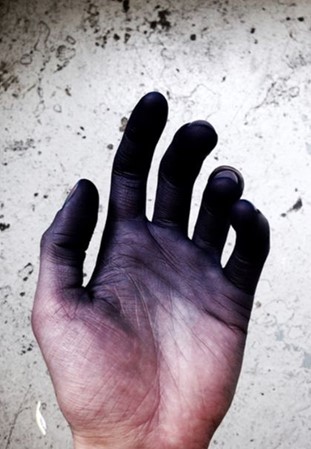
The Rebel's Wardrobe için yayınevinden aşağıdaki link aracılığıyla sipariş verebilirsiniz.
To view full content and a better mobile experience, try



